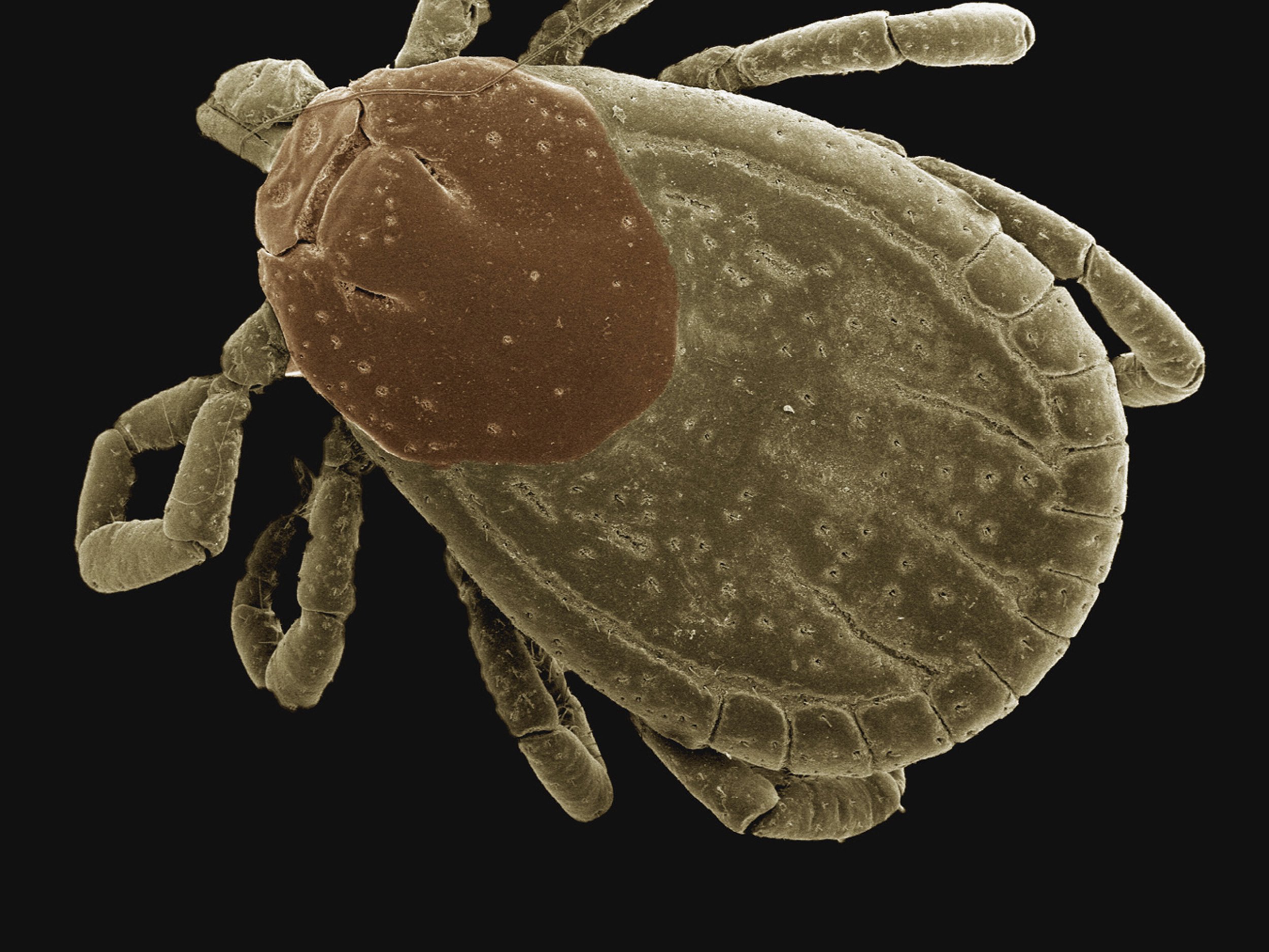

Structure of tick-borne virus revealed at atomic resolution for the first time
The team used a surrogate to study POWV. Using the yellow fever vaccine virus, a weakened strain of the yellow fever virus that’s less infectious, they swapped out two protein genes and replaced them with two genes that encode the structural proteins found on the surface of POWV. These proteins — envelope proteins and membrane proteins — are arranged on the surface of POWV in a herringbone-like pattern. It’s a standard and safe practice that has been used to study the surface structure of other types of viruses, Joyce said.
Unveiling the hidden secrets of Babesia rossi infection in dogs
Babesiosis can be a fatal disease for dogs caused by tiny parasites living inside red blood cells. A recent study compares protein profiles of affected and healthy dogs. Findings can lead to the development of new treatment approaches and biomarkers. Learn more.

